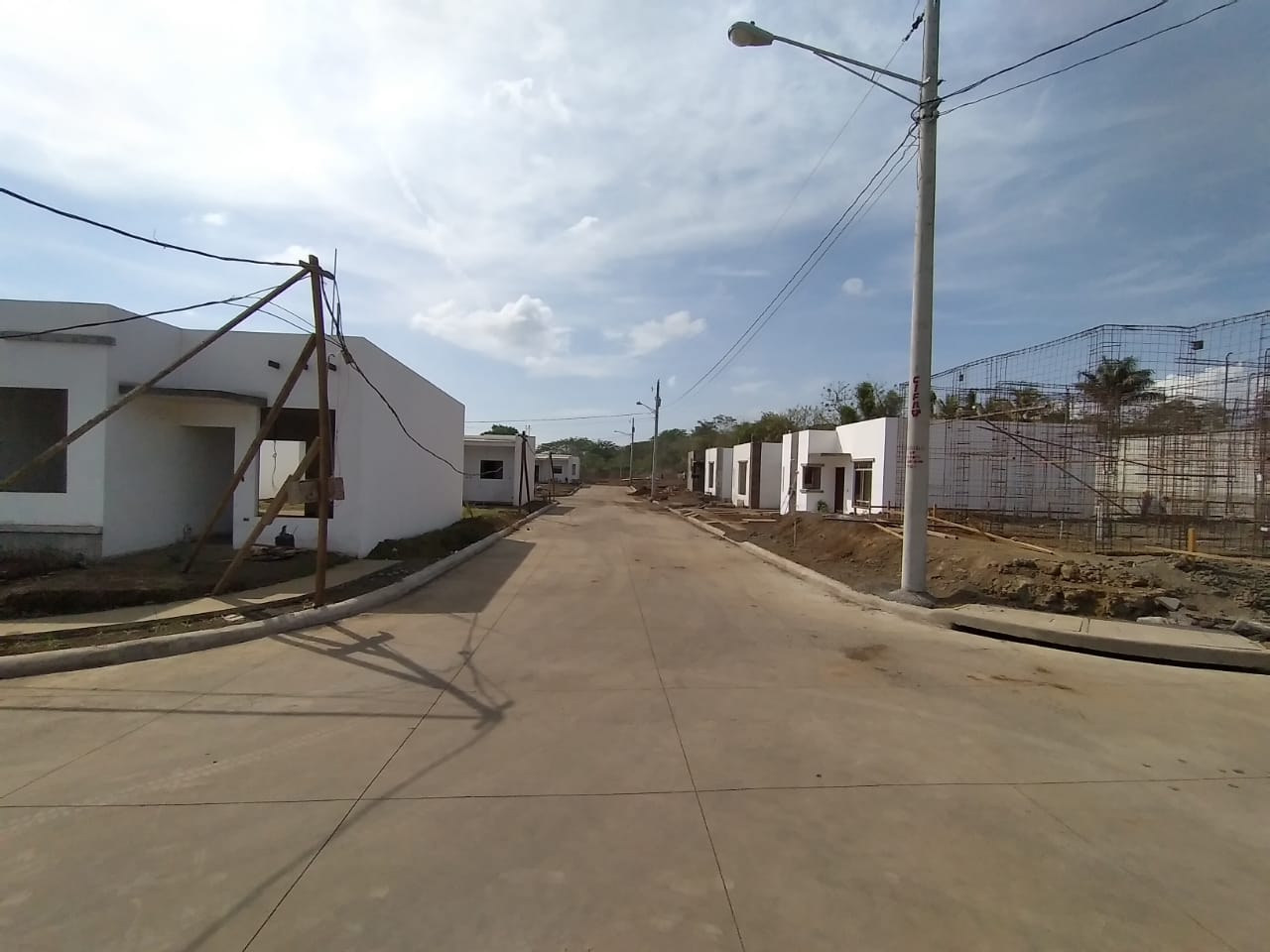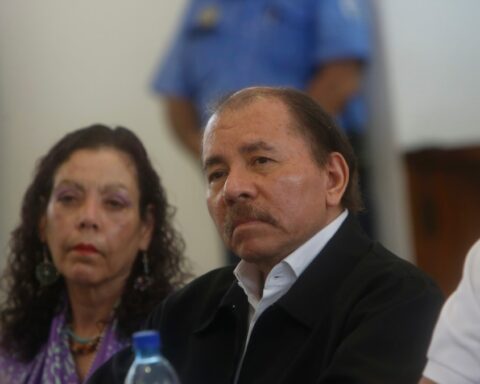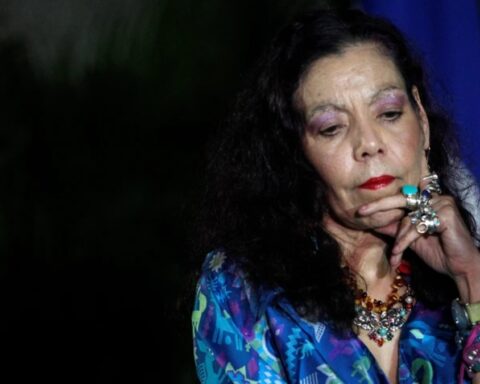The country’s development companies set a goal of building 2,500 houses in 2022, after they were able to build and deliver some 2,000 units in 2021, according to official data provided by the Nicaraguan Chamber of Developers (Cadur).
“By 2022, we expect a growth of more than 25%,” said Félix Baltodano, president of the organization, which hopes to offer houses with prices ranging from 40,000 to 250,000 dollars.
If this goal is met, the sector will have returned to the performance of 2011 and 2012, when the companies affiliated with the chamber managed to place 2,500 homes per year.
In 2016, urban development companies placed 5,000 houses per year (and 6,000 in 2017) thanks to mortgage funds approved by the country’s commercial banks, plus some investments from the Nicaraguan Social Security Institute (INSS), and international loans.
The sociopolitical crisis caused by the repression of the regime in 2018, aggravated by the recessive effects of the covid-19 pandemic, slowed the growth of the sector, which was forced to limit its activity, while waiting for the arrival of better times, which translated into three years (2018 to 2020), placing barely a thousand houses per year.
After two years of timid performance, developers hoped that the $ 171.7 million loan approved by the Central American Bank for Economic Integration (CABEI) will enter in time to underpin the performance of 2021, but it was not, for reasons that have not been informed.
This amount is intended to finance complete housing subsidies, of $ 7,000 each, for 7,000 families living in extreme poverty, as well as loans and subsidies under favorable conditions to build and purchase another 11,660 homes.
In Resolution PRE-70/2021, the executive president of CABEI, Dante Mossi, authorized to extend, up to twelve months, the term to start disbursing the loan resources to finance the National Program for the Construction of Social Interest Housing, with so now the disbursement can begin at any time of the year, up to and including September 8.
“I am unaware of that Resolution, but I hope that the disbursement will be approved soon, because that will boost the industry,” said the president of Cadur, Félix Baltodano.
“I don’t think they will disburse until September, because that would kill the sector,” says a source representing a member company of the chamber. At this moment, about thirty social interest projects (up to $ 18,000 in price) are being prepared and managed, which cannot be done without funds that provide long-term financing for families.
This source explained that the private companies that make up the chamber do not have any possibility of lobbying or lobbying the Central American Bank, because the holder of the loan is the Government of Nicaragua, through the Nicaraguan Institute of Urban and Rural Housing (Invur) , and not them.
Back to 2017
While CABEI decides whether to disburse those resources between now and September, the companies of the chamber – whose membership grew 24% in 2021 – hope that the high liquidity accumulated by banks will materialize in an increase in the amounts allocated to mortgage loans.
The union has reason to trust that this forecast will be fulfilled, being that a part of the 2000 houses built in 2021, was financed with the remainder of a previous loan from CABEI, and the rest, with funds from commercial banks.
Specifically, the source confirmed that part of local resources were used to finance several new projects in the $ 70,000 segment during the second half, “and they moved well,” which they hope will serve as an incentive for local banks. continue to allocate resources to mortgage credit.
“Banks have a lot of liquidity, so they are interested in placing resources among clients that they consider to be good payers. At this moment we see them more aggressive to place; more open to considering new ideas, “said the business source.
The union knows that it will take more time to return to the levels of 2017, the year in which the banks allocated the highest amount (714 million dollars) to finance mortgages.
This amount decreased in 2018 and 2019, when the massive outflow of deposits from the system forced the closing of bank financing, for precaución, to which was added the insecurity generated by the taking of land, and the pessimism generated by the fall in tourism. In those years there were no loans neither for developers, nor for families, and just for some very specific clients and it began to increase gradually in 2020 and 2021.
The up to 30% drop in property prices, reported by the Nicaraguan Chamber of Real Estate Brokers (Canibir), in June 2019, was the lowest moment in the sector, and it affected the placement of new loans and, consequently, the construction of new homes.
Prices stabilized in 2020, when there were no longer any assets foreclosed to banks (referring to properties that clients returned as of 2018, because they could not afford them, and were sold at a bargain price), and Cadur met with the appraisers to review the parameters they used to value the properties, “and ensure that the banks had good support for their loans,” said the source.
In the end, the default in the housing sector did not exceed 5%, and little by little the confidence (and the need to allocate resources) of the banks grew, which they were reopening the financing. In principle, the one that is intended for end customers, and from 2021, to developers, for earthmoving work, urbanizing properties, etc.
Proof of the growth of that confidence is that at this moment you can find loans with an interest rate of 9%; 10% to 15% premium, and a 20-year term.








